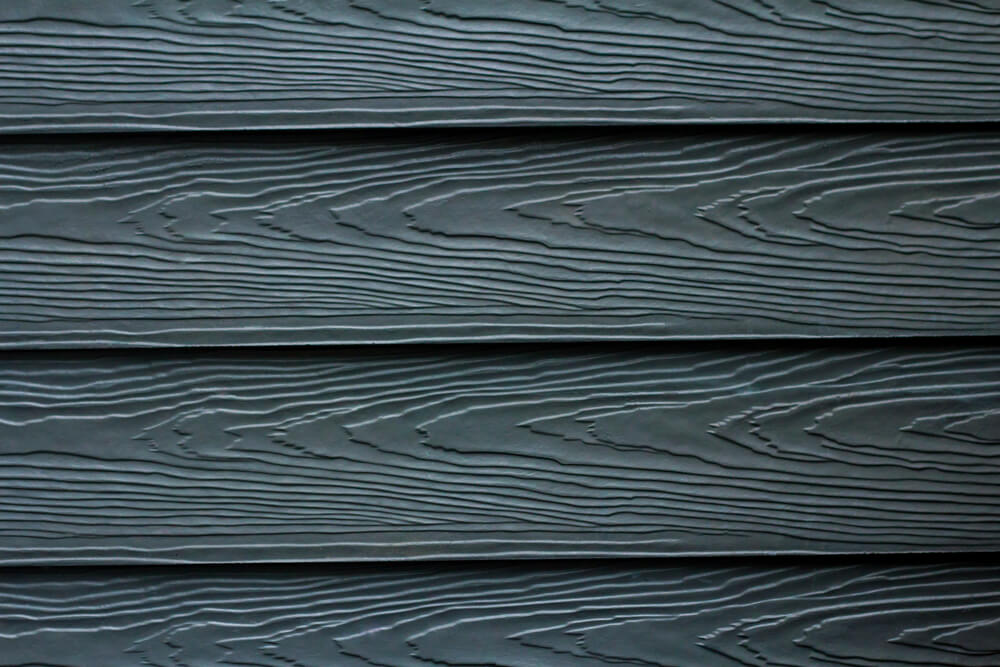For homeowners in Kansas City, the choice of siding material is critical to ensuring their property withstands the region’s harsh climate fluctuations. This guide will discuss the differences between fiber cement and vinyl siding—two popular options renowned for their durability and cost-effectiveness. We will explore which material offers the best protection, value, and aesthetic fit for homes in this area, helping you navigate the complexities of this important decision.
Understanding Your Options: Fiber Cement and Vinyl Siding
Choosing the right type of siding for your home is more than just an aesthetic decision; it’s a crucial investment in your property’s future. Both fiber cement and vinyl siding offer unique advantages, but they serve different needs and preferences. Let’s explore what each option has to offer, helping you make an informed decision that aligns with your requirements.
Fiber Cement Siding: Pros and Cons
Fiber cement siding, particularly brands like James Hardie, is renowned for its durability and ability to withstand the challenging Midwest climate. This type of siding is engineered to handle extreme temperature swings—from scorching summers above 100°F to frigid winters well below freezing. Such resilience makes fiber cement an excellent choice for those concerned about weather-related wear and tear.
However, the robustness of fiber cement comes at a cost. It is generally more expensive than vinyl and requires professional installation due to its heavy, rigid material. Maintenance can also be more demanding, as fiber cement may need periodic painting to maintain its aesthetic appeal and protective qualities.
Vinyl Siding: Pros and Cons
Vinyl siding, on the other hand, is favored for its cost-effectiveness and versatility. Advances in technology have significantly enhanced the quality of premium vinyl products, offering a variety of textures and finishes that closely mimic the look of natural wood or painted surfaces. Moreover, some vinyl options come with built-in insulation, which adds an extra layer of thermal resistance, improving the energy efficiency of your home.
While vinyl is more susceptible to damage from extreme temperatures and can fade over time due to sun exposure, its lower cost and ease of installation make it a compelling option for many homeowners. It’s important to choose a high-quality vinyl to avoid issues like brittleness and warping that can occur with cheaper, thinner products.
Which Siding Should You Choose for Your Kansas City Home?
The choice between fiber cement and vinyl siding ultimately depends on several factors specific to your situation:
- Climate Resilience: If your primary concern is protection against harsh weather, fiber cement offers superior durability and weather resistance.
- Budget Considerations: Vinyl siding is more budget-friendly and can be a great choice if cost is a major deciding factor.
- Aesthetic Preferences: Both options provide a range of styles and colors. Fiber cement often offers a more authentic wood-grain look, while vinyl is available in various finishes that can suit many design preferences.
- Long-Term Investment: Consider the longevity and maintenance requirements. Fiber cement tends to last longer and can increase property value, but it requires a bigger upfront investment.
In Summary
Deciding on fiber cement or vinyl siding for your Kansas City home is a crucial choice that affects its look, protection, and value. Consider the durable, climate-resistant fiber cement or the affordable, versatile vinyl, each offering unique benefits. Assess the pros and cons tailored to your needs before making your decision.
If you’re unsure or need more guidance, don’t hesitate to contact Envision Exteriors Today. We’re here to assist you in exploring your options and make the best choice for your home and budget.






